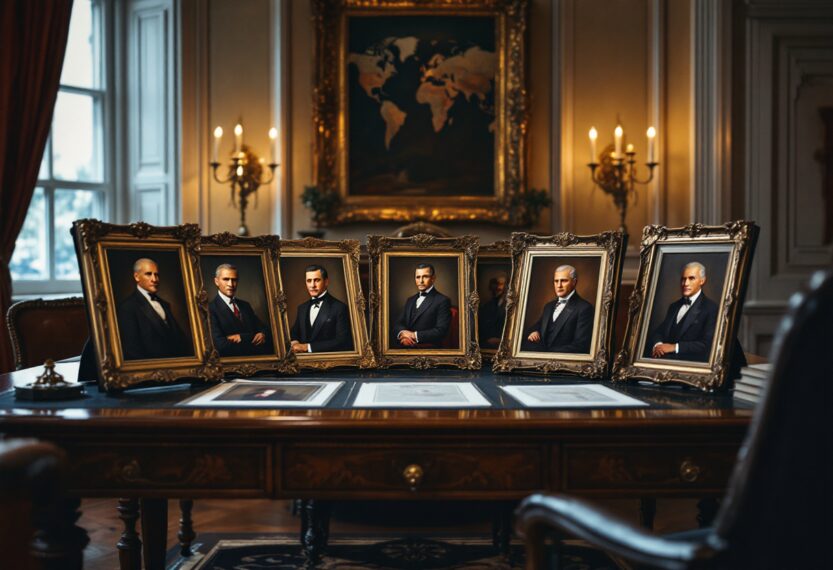The evolution of presidential photography: A visual narrative of power
Presidential photography has evolved into a crucial aspect of documenting the history of the United States, serving not only as a record of events but also as a reflection of the personalities and policies of the leaders. The role of the official White House photographer has transformed significantly since the days of Lyndon Baines Johnson, who granted unprecedented access to his chief photographer, Yoichi Okamoto. This access allowed for a rich visual archive that captured both the public and private moments of a presidency, setting a high standard for those who followed.
The importance of visual storytelling
Visual storytelling is an essential tool in understanding the complexities of presidential leadership. Photographs taken during significant events provide context and emotion, allowing the public to connect with their leaders on a more personal level. For instance, the images captured during the Obama administration showcased not only the formalities of state but also the intimate moments that revealed the humanity of the president. This approach contrasts sharply with the more staged and controlled imagery seen in recent administrations, where the narrative often appears curated for public consumption.
Access and transparency in presidential photography
The access granted to official photographers varies significantly between administrations, influencing the type of imagery produced. While Johnson’s era was marked by openness, subsequent presidents have adopted different approaches. Richard Nixon, for example, limited access during the Watergate scandal, resulting in a more guarded visual narrative. In contrast, the Trump administration’s photographers enjoyed considerable access to public events, yet the imagery often felt more like a reality television production than a genuine representation of presidential duties. This shift raises questions about the role of photography in shaping public perception and historical record.
The future of presidential photography
As we look to the future, the evolution of presidential photography will likely continue to reflect broader societal changes. The rise of social media and digital platforms has transformed how images are shared and consumed, allowing for immediate dissemination of presidential moments. However, this immediacy can also lead to a lack of depth in storytelling, as the focus shifts to quantity over quality. The challenge for future official photographers will be to balance the need for timely documentation with the importance of capturing the essence of leadership in a way that resonates with the public.
Ultimately, the legacy of presidential photography lies in its ability to document history, evoke emotion, and provide insight into the lives of those who lead. As we reflect on the past and anticipate the future, it is essential to recognize the power of images in shaping our understanding of presidential history.

